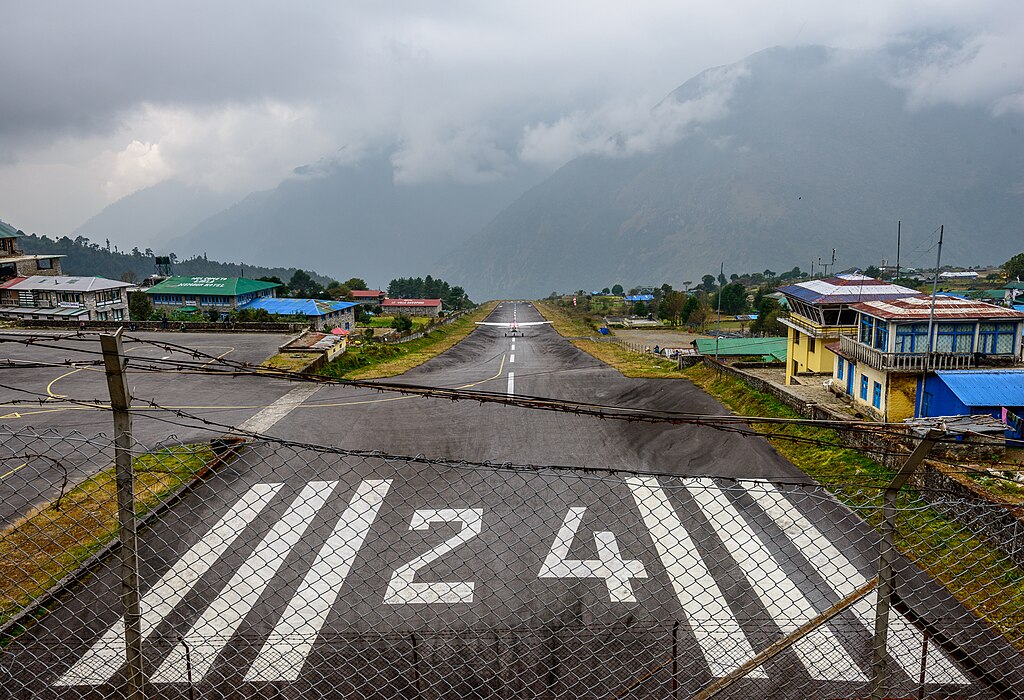
Runway of one of the most dangerous airports in the world
Photo : valcker| Wikimedia commons
According to Aviation and Space Dictionary compiled by Dr. Wernher, a STOL (Short Takeoff and Landing) is defined as “the ability of an aircraft to clear a 50-foot obstacle within 1500 feet of commencing takeoff, or in landing, to stop within 1500 feet after passing over a 50-foot obstacle,”. STOL can either refer to an airport with shorter runways compared to others, or aircraft that operate in such airports.
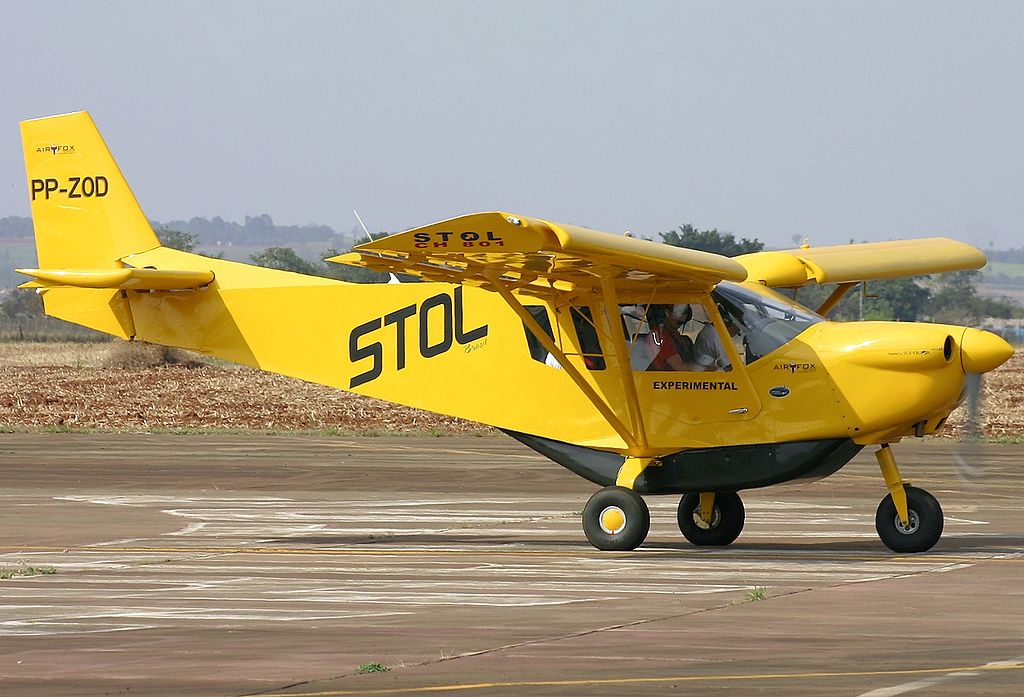
Photo: Renato Spilimbergo Carvalho|Wikimedia Commons
As larger aircraft such as the A380 have a large take-off distance, they cannot operate at STOL ports. Some aircraft that are specifically designed for STOL operations include the De Havilland Canada DHC-6 and Dornier Do-228.
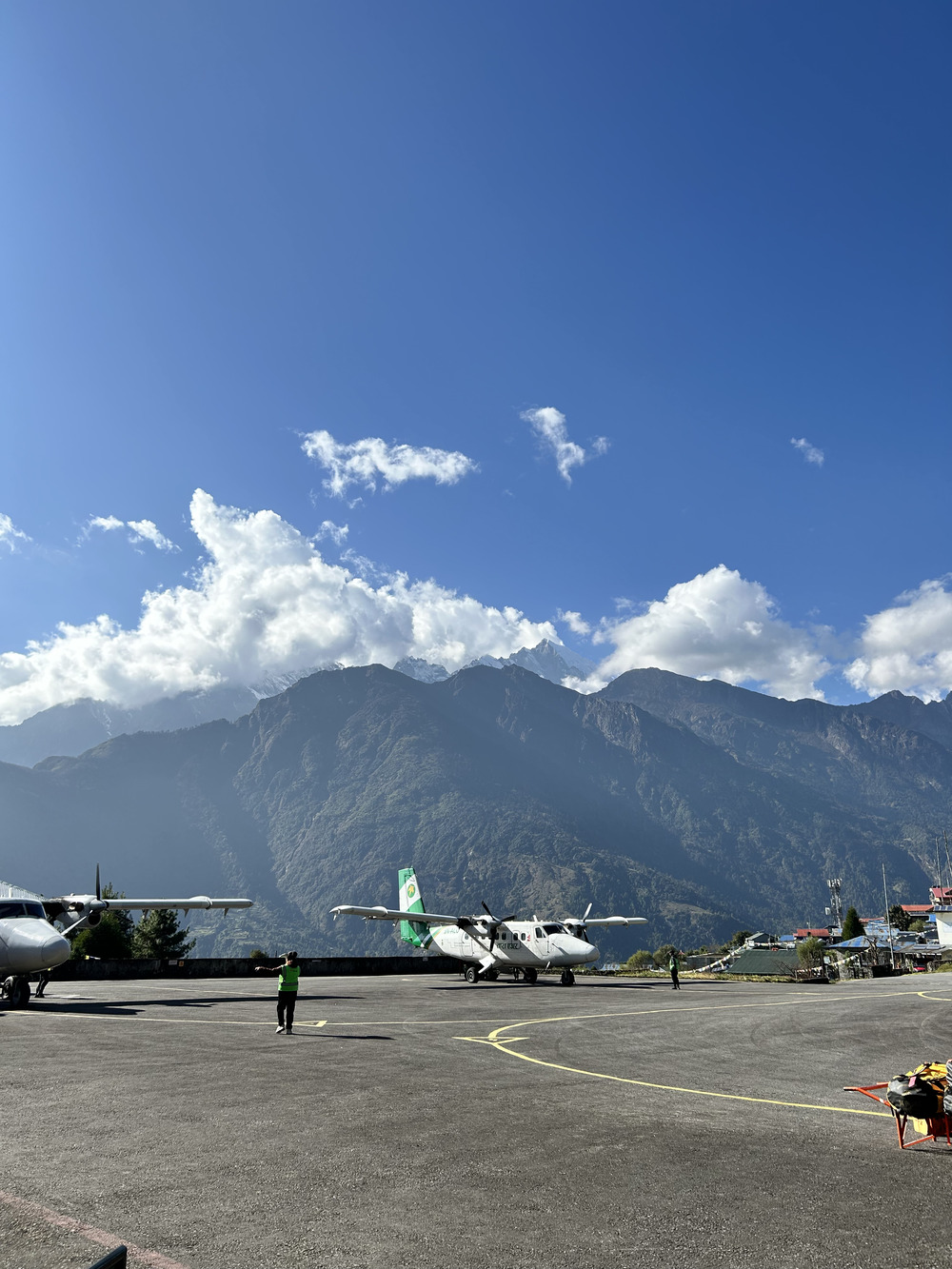
According to ICAO, an aeroplane designed for operations in STOLport is “assumed to be an aeroplane that has a reference field length of 800 m or less. In size, the STOLPORT design aeroplane is assumed to have a wingspan of up to 26 m and a main landing gear measurement of up to 9 m.”

Photo:Timo Breidenstein|Wikmedia Commons
A STOLport can be considered a type of airport or aerodrome, but it has specific runway length requirements. In the context of Lukla Airport and other small STOLports with high volume of operations, it is dangerous to construct the heliport near STOLport.
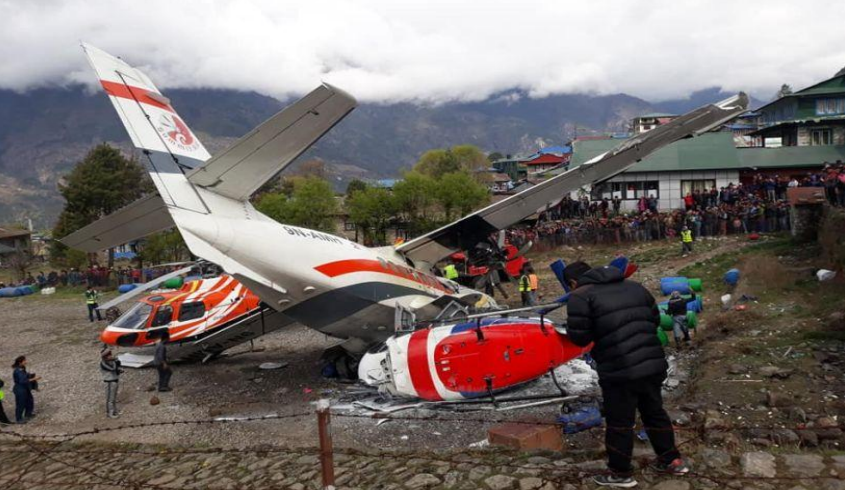
Photo: Government of Nepal
Aircraft Accident Investigation Commission, 2019
In 2019, a Let L-410 Turbolet collided with an Airbus A350B3E in Lukla Airport. The heliport and the airport were adjacent as you can see in the picture above.

photo:Radek Linner|Wikimedia Commons
It is not necessary that a heliport be a part of the STOLports. Heliports can be constructed atop of a hospital or at the center of a garden, or other isolated places where airports are not existent.

Photo:Jcb-caz-11|Wikimedia Commons
According to the International Civil Aviation Organization (ICAO), there is a more specific term for a STOLport constructed in the mountains – an ALTIPort, which is defined as “a small airport in a mountainous area with a steep gradient runway, used for landing up the slope and for take-off down the slope, thereby making use of only one approach/departure area.”

Photo: Lalbugues | Wikimedia Commons
Unusual slopes are a part of STOLports in the mountainous regions. While landing, an upward slope an aircraft encounters in a STOLport serves as a natural braking mechanism.
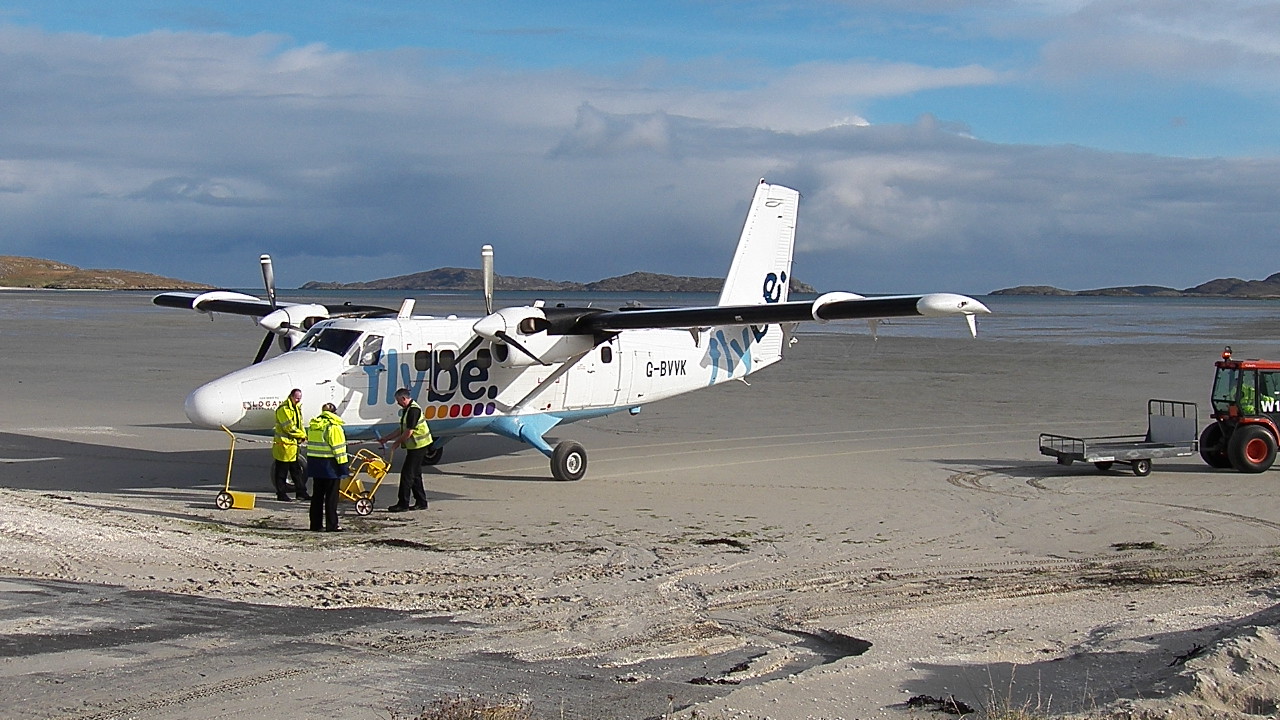
Photo: Dougsim | Wikimedia Commons
Barra Airport in Scotland is a unique STOLport as it is “the only beach runway in the world that handles scheduled airline services“.
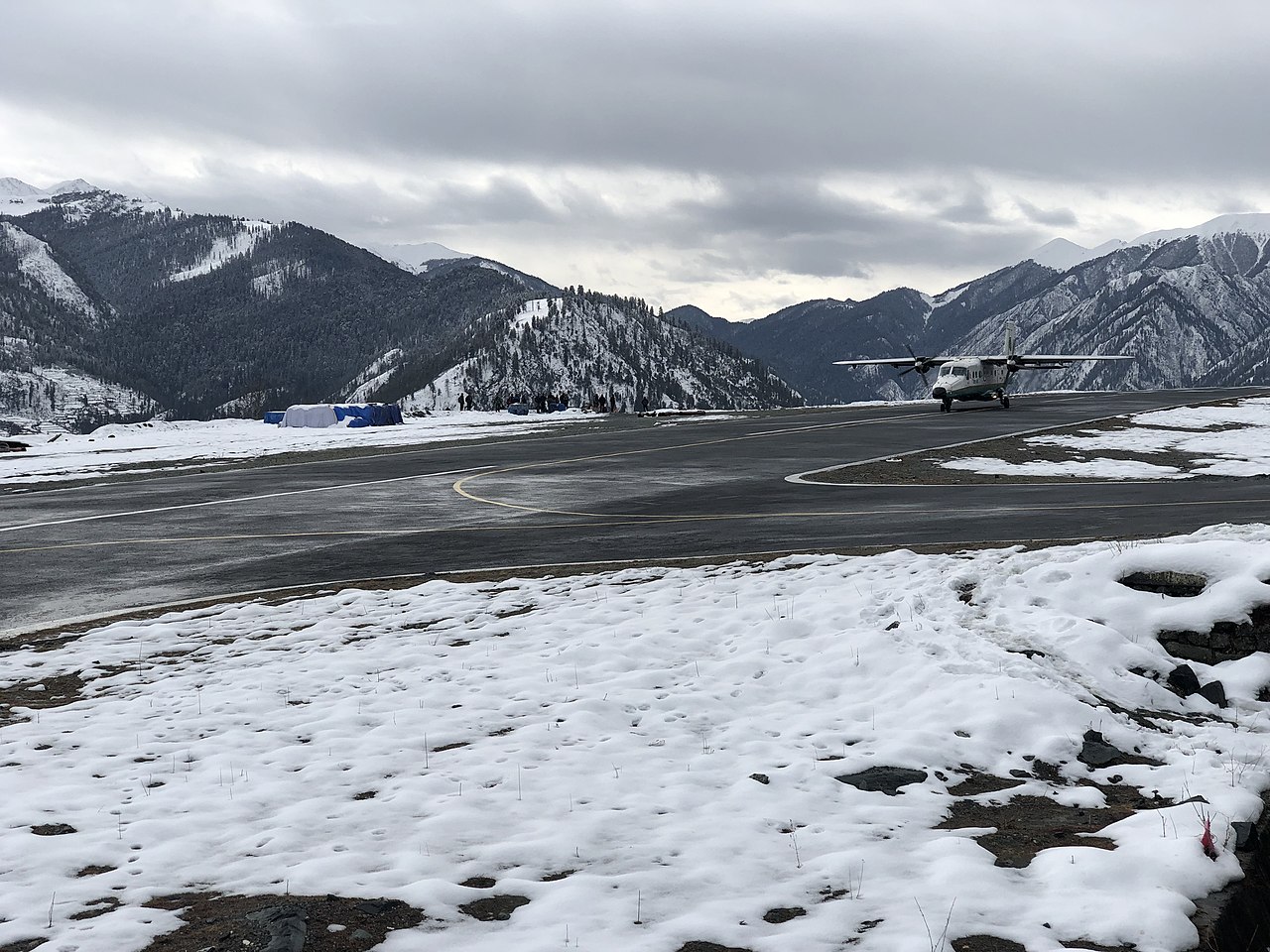
Photo: Tannu 01 | Wikimedia Commons
Nepal has a number of STOLports, some of which are considered more dangerous than Lukla. In the preliminary draft on Regional Guidance for the Design and Operation of Altiports prepared by Nepal and collaborated by Bhutan and India, a STOLPORT was defined as “an airport whose physical characteristics, visual and non-visual aids and total infrastructure are created to support safe and effective public air transport in and out of densely populated urban areas as well as to and from rural areas with difficult terrain.”
